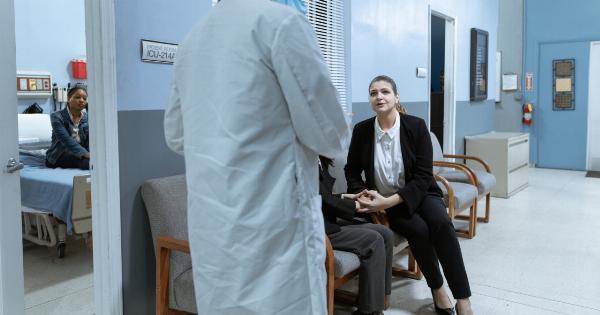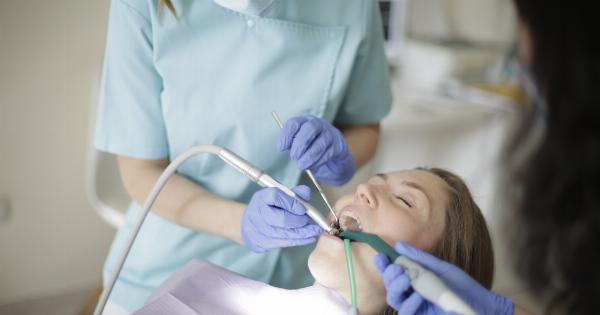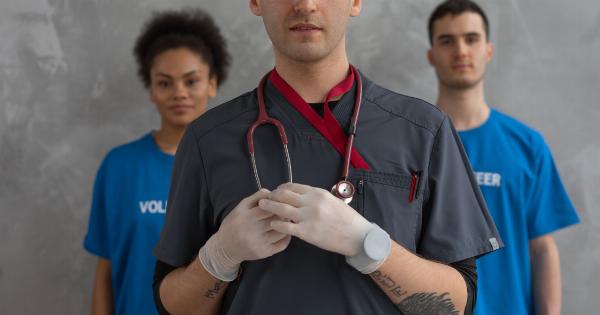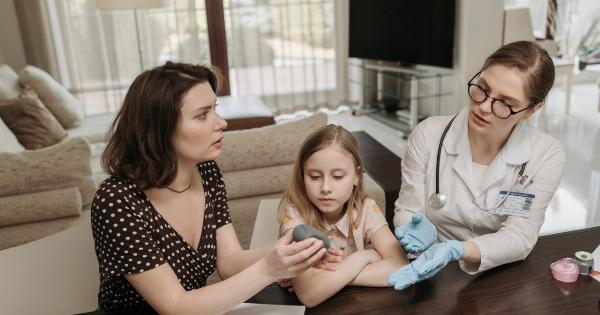Transferring patients from one hospital to another can be an essential part of providing medical care.
There are many reasons why patients may need to be transferred, including the need for specialized treatment or procedures, the need for higher levels of care, or the need to be closer to family or other support systems. However, hospital transfers also come with risks, and it is important for healthcare providers to be aware of these risks and take steps to minimize them.
Risks Associated with Hospital Transfers
One of the biggest risks associated with hospital transfers is the potential for harm to the patient. Patients who are transferred may be more vulnerable to infections, fall-related injuries, medication errors, and other adverse outcomes.
The risk of harm can be increased when patients are transferred between hospitals that have different systems for managing patient care, or when patients are transferred long distances.
Infections
Patients who are transferred between hospitals are at risk for developing hospital-acquired infections.
These infections can be caused by a variety of factors, including exposure to new bacteria or viruses, exposure to unsanitary conditions during transfer, or inadequate infection control measures. Patients who are already immunocompromised or who have open wounds or surgical incisions are particularly vulnerable to hospital-acquired infections.
Falls
Patients who are transferred between hospitals may be at increased risk for falls. This is because they may be disoriented or confused by their new surroundings, or because they may be weakened by their illness or recovery.
Additionally, patients who are transferred to hospitals that are unfamiliar with their medical history or current conditions may not receive appropriate fall prevention measures, such as bed rails or assistance with walking.
Medication Errors
Patients who are transferred between hospitals may be at increased risk for medication errors. This is because they may be prescribed new medications or have their existing medications changed during the transfer process.
If there is a breakdown in communication between hospitals or healthcare providers, patients may not receive the correct medications or dosages, which can lead to adverse drug reactions or other complications.
Other Adverse Outcomes
Patients who are transferred between hospitals may also be at increased risk for other adverse outcomes, such as delays in care, diagnostic errors, or the need for additional procedures or interventions.
These risks can be magnified when patients are transferred long distances or between hospitals with different levels of care or expertise.
Minimizing Risks During Hospital Transfers
There are several steps that healthcare providers can take to minimize the risks associated with hospital transfers. These include:.
- Ensuring that patients are stable enough to be transferred
- Communicating effectively with receiving hospitals or healthcare providers
- Providing clear and accurate medical information to receiving hospitals or healthcare providers
- Ensuring that patients receive appropriate fall prevention measures
- Providing patients with clear instructions for managing their medications
- Ensuring that patients receive appropriate infection control measures during transfer
- Providing patients with emotional support and reassurance during transfer
- Monitoring patients closely for signs of complications or adverse outcomes after transfer
Conclusion
Hospital transfers are an essential part of providing medical care, but they also come with risks. Healthcare providers must be aware of these risks and take steps to minimize them in order to ensure the safety and well-being of their patients.
By following best practices for hospital transfers and providing patients with high-quality care, healthcare providers can help to ensure that transfers are as safe and effective as possible.





























